A new global study* found that only a small number of organisations have taken steps to align their workforce strategies with the growth of AI technology. Those that have done so have positioned themselves ahead in the race to deliver positive return on investments in the technology.
Based on a survey of more than 1,000 senior business and technology executives across 25 industries and eight geographies, Kyndryl’s first People Readiness Report reveals a striking gap between AI investment and workforce preparedness:
- 95% of businesses have invested in AI
- 71% of leaders say their workforces are not yet ready to successfully leverage the technology
- 51% believe their organisations lack the skilled talent needed to manage AI
- 45% of CEOs think most employees are resistant or even openly hostile to AI
Workforce readiness varies by industry. Businesses in Banking/Financial Services and Insurance report the highest levels of preparedness, while those in Healthcare report trailing behind. “Only a small group of businesses have been able to harness AI successfully for business growth,” said Michael Bradshaw, Global Practice Leader for Applications, Data and AI. “This report shows that while data architecture and technology infrastructure are key pieces of the puzzle, organisations that do not prioritise their workforces and organisations will miss out.” Despite widespread attempts at implementation, most organisations are not currently benefiting from game-changing use cases that will drive new products and services for their customers.
Generative AI tools are the most popular use case reported by those surveyed, yet only 4 in 10 leaders report using AI-powered insights to enhance decision-making or unlock growth for their business. Just one-fifth of leaders say the primary use case of AI at their organisation is to develop new products and services for customers. Yet this research also reveals that a small subset of AI Pacesetters has leveraged AI for business growth while addressing workforce readiness. They are making strategic workforce decisions and seeing benefits across their employee population. Pacesetters are uniquely addressing 3 key barriers that are inhibiting AI adoption, and they are seeing benefits from their actions across:
- Organisational change management: AI Pacesetters are three times more likely than others to report a fully implemented change management strategy for AI in the workplace.
- Lack of employee trust in AI: AI Pacesetters are 29% less likely to cite fears around AI affecting employee engagement.
- Skill gaps: AI Pacesetters are 67% more likely to agree that their organisation has the tools and processes to accurately inventory the skills employees currently have. Four in 10 report no skills challenges at all.
“Preparing your workforce for the era of AI is easy to say, hard to do and an urgent imperative for business leaders,” said Maryjo Charbonnier, Chief Human Resources Officer at Kyndryl. “At Kyndryl, we run an entire ecosystem of systems and culture that readies our people and our business for continuous change. It’s about anticipating the business impacts of AI, understanding and integrating your skill data with your customer demand and having a multi-pronged approach for equipping employees to build the skills they need and learn to effectively use generative AI tools in their work.”
Compared to CIOs and CTOs, CEOs are far more likely to say their organisation is still in its early stages of AI, and two and a half times more likely to say their infrastructure is inadequate to support it. This difference also extends to how they choose to solve AI-related workforce challenges and the individual skills they believe their organisation needs to be successful. CEOs are far more likely to turn to outside talent rather than upskilling their own employees.
“The encouraging news is that organisations who can get alignment at the top are not only marching in the same direction, but are seeing the benefits of that alignment,” said Kim Basile, Chief Information Officer at Kyndryl. “This work isn’t easy, but aligning technology strategies with broader business goals is the top action leaders need to take to fully benefit from AI.”
*Report from Kyndryl







